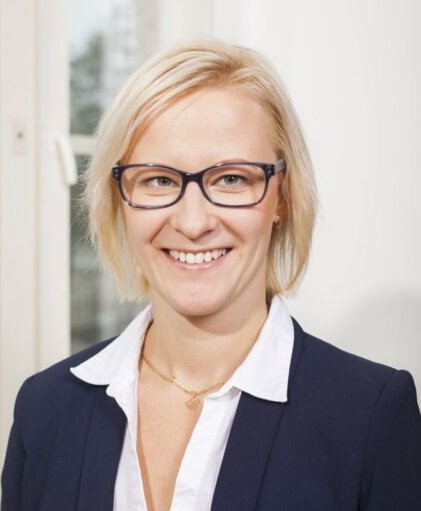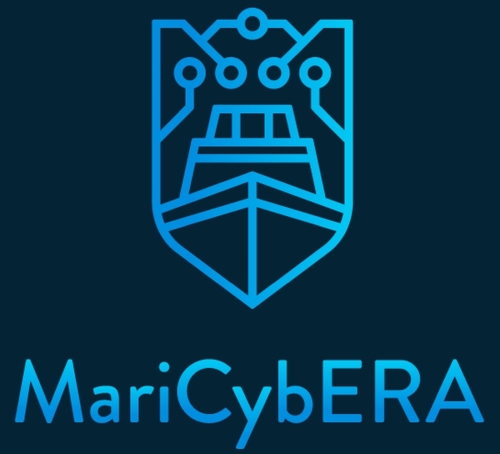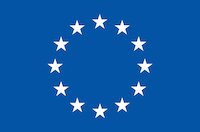2020-2022
Madli was working as the Director of Development at TalTech Estonian Maritime Academy from 2015 to 2022. This interview as conducted with her during her term. Her main interest was to develop the fields of International Maritime related R&D&I projects and Maritime Competence Center in the Academy.

Madli has almost 20 years of experience in managing projects in the field of maritime – including maritime spatial planning and oil spill response.
Madli’s hobbies are her family, close relatives and work: “I love them all despite of the fact they sometimes offer me a lot of challenges.” When she has time to spare, she simply enjoys being alone or hiking in the countryside. She enjoys playing tennis with her husband a couple of times a week. Madli has also put her finger on studying for a doctorate in marine spatial planning at the University of Tartu, but at the moment her work related duties are in the rapid development phase and her doctoral studies will get more time and focus soon.
How do you see your role in the Horizon 2020 ERA Chair project?
As Director of Development at the TalTech Maritime Academy, my main task is to strategically lead the field’s of research, development and innovation, and maritime cybersecurity is one of the key strategic development field for us.
Before focusing on future, I take a look back in time. I think it was in 2016 that the Maritime Academy and the School of IT came up with the idea of developing a research area focused on maritime cybersecurity. I remember well when the Director of the Maritime Academy, Roomet Leiger, and I sat in front of TalTech’s innovation hub, Mektory, after the presentation of the ERA Chair funding opportunities, and brainstormed whether this topic was worth pursuing and how it could actually be implemented in a sustainable way. After a long analysis introducing the strategic papers, talking to various stakeholders, both from the sector and within the university, it was clear that this topic is very important and necessary. Since then, we have been accompanied by a confluence of good fortune on the one hand, but most importantly, by an admirable team both within and outside the University and by the all-round support of the sector to move the issue forward. I think it would have been impossible to do this without Olaf Maennel and Dan Heering – their collaboration has led us where we are now. Moreover, my special thanks also to Giles Brandon for his valuable contribution in ERA Chair application writing phase. And I would like to point out valuable input by Kristin Kraav from Estonian Research Council who gave her valuable critical feedback and recommendations to ERA Chair application. Alvar Kurrel and Kristel Toom came on board just in time to take care of all project coordination activities and the latest but from strategical point of view the most important newcomer is of course our ERA Chair holder, professor Kave Salamatian under whose lead and with joint teamwork we can continue to develop further on.
Looking forward from now on, my first and foremost role is to create the best possible conditions for our team to grow and expand by becoming an internationally recognised and valued centre for maritime cybersecurity.
Why is Estonia/TalTech the best place for the ERA Chair project in maritime security?
Why Estonia and TalTech – foremost, the people and their commitment, skills and knowledge, their active attitude in the field at the university and in the sector. TalTech is the best place to take the lead in this, as it has the IT, cybersecurity and maritime expertise and networking that can be integrated and linked to the wider sector to create a sustainable maritime cybersecurity hub. When we look Estonian dimension – of course, because of our nationally high digital capability and innovative maritime sector. When combined digitalization with the development potential of the maritime industry, Estonia is the best choice for a global maritime cybersecurity hub.
What are the main challenges in the project?
The main challenge is to keep a strategic focus on what we do, and to find the best and right people to deliver on our objectives and carry out the planned activities. On the other hand, we need to be flexible, resilient and collaborative – I have always recognized the saying that we can go faster alone, but we can go further and deliver better results together.
How do you see the future of the Center?
As I see it, we have all the prerequisites to create an internationally recognized centre for maritime cybersecurity that is multidisciplinary, conducts high-level research, contributes to higher and further education and is a reliable partner for both the private and public sector.
What would be the key experience you take with you from the past to the project?
I’ve been involved in the maritime sector since 2003 and I think I’ll take with me mostly the valuable contacts and network I’ve developed during that time.
Secondly, I will take with me the commitment and passion that I have for developing maritime research and innovation.


